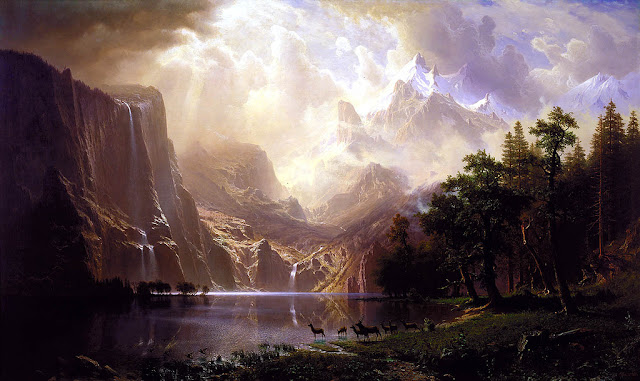<iframe width="425" height="349" src="http://www.youtube.com/embed/TIn8mPy5_jA" frameborder="0" allowfullscreen></iframe>
I'm too sleepy to post now, but I thought I'd put up an interesting video as a placeholder: it's the first episode of the old Dick Van Dyke Show from the early 60s. There's no need to watch the whole thing...it was the first show and they didn't quite get the rhythm right... but you have to see Dick's drunk routine which starts at 19:45. Watch it even if you don't like drunk sketches. It's great!
I'm reading Dick's autobiography. It's not very revealing, and he doesn't talk about how he acquired that famous personality and rubbery slapstick technique, but that's par for the course for biographies. I did come across one interesting tidbit, though...he said Stan Laurel told him that he got that cool walk by having the heels removed from his shoes. Where are my shoes? I'm getting them modified!
One final thought: I said they didn't get the rhythm of the whole show right, and that's true. Even so, watch how expertly most of the entire party sequence is shot and cut. Watch how that sequence is paced and how well the music was laid in. PRO-fesh-ee-yon-nal!!!!
P.S. For some reason the YouTube video above isn't embedding. Here's a link to the site:
http://www.youtube.com/watch?v=TIn8mPy5_jA






























